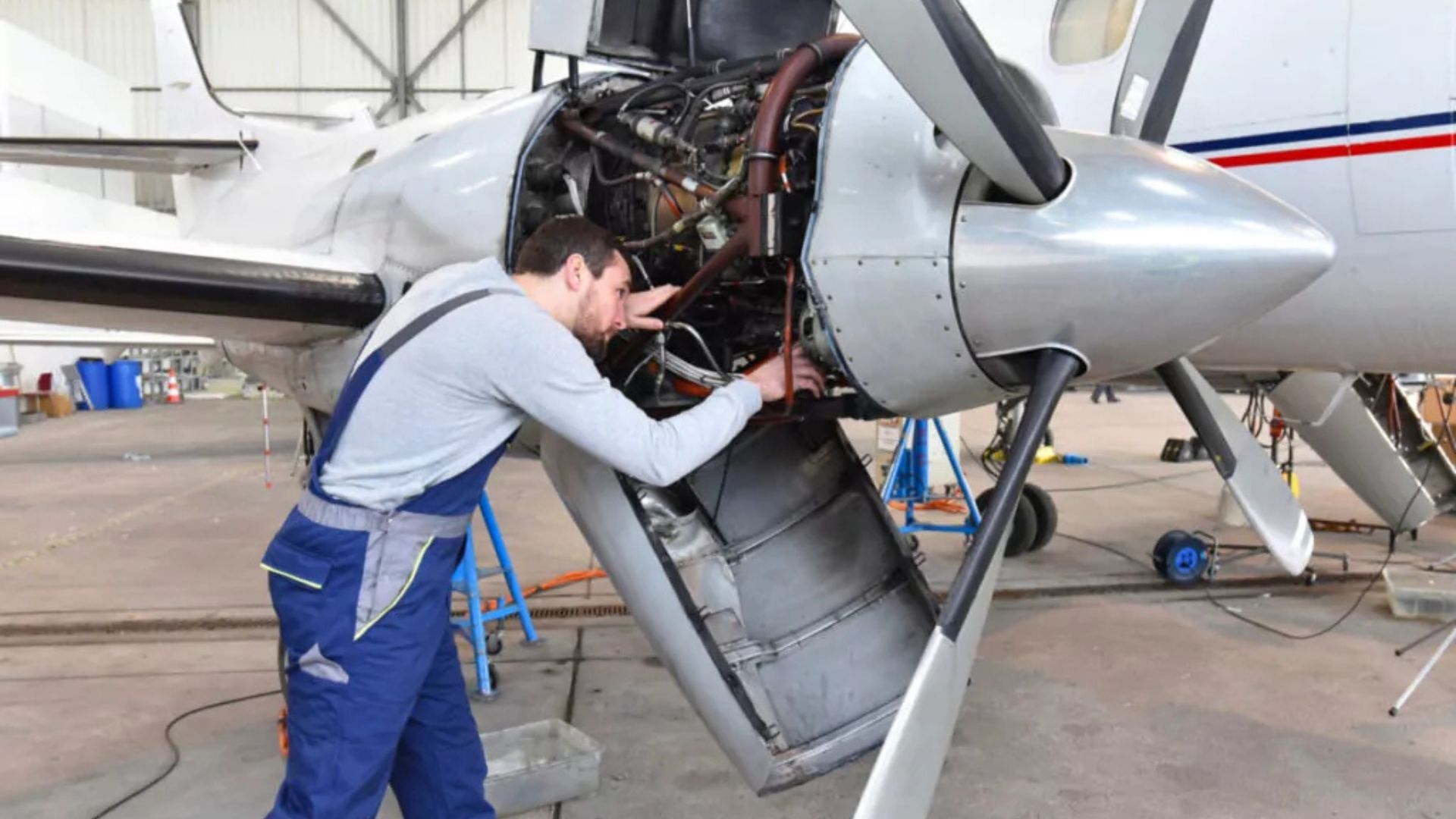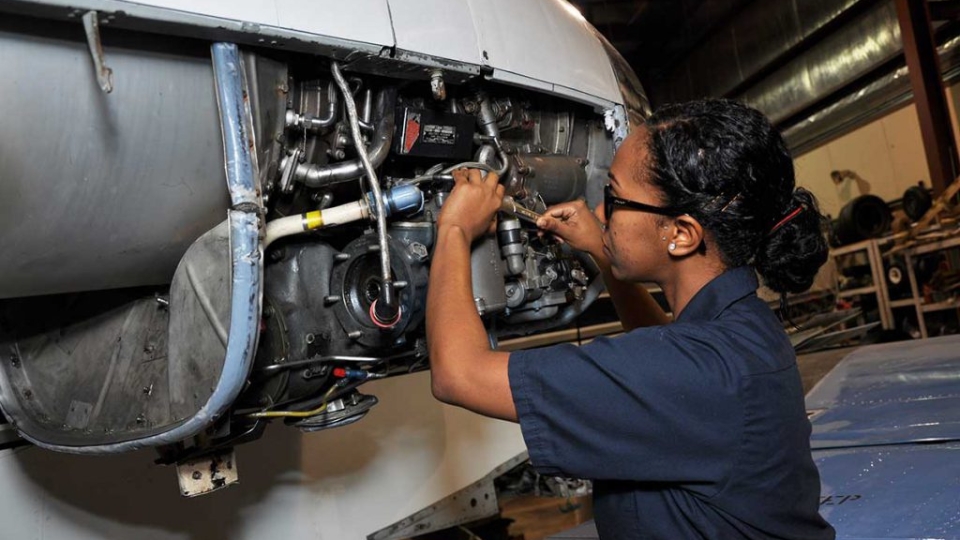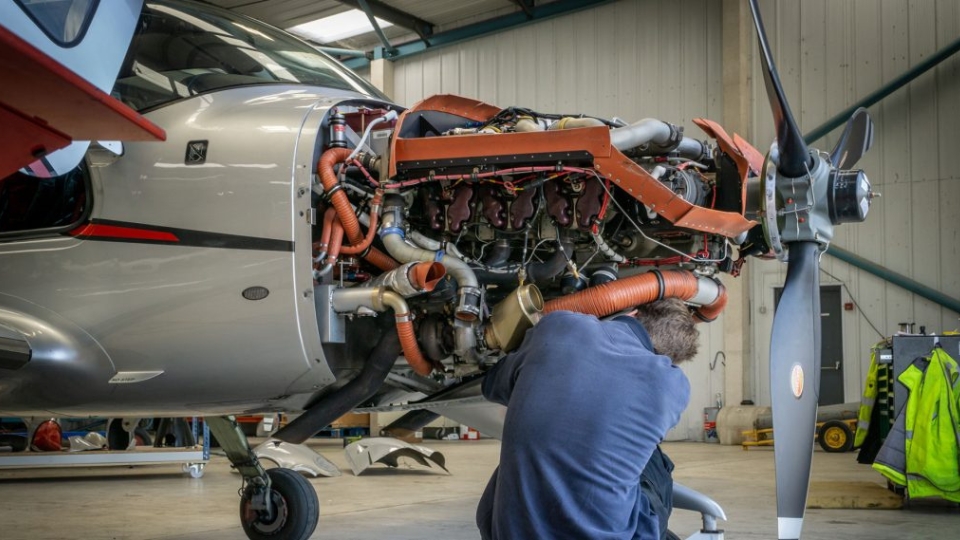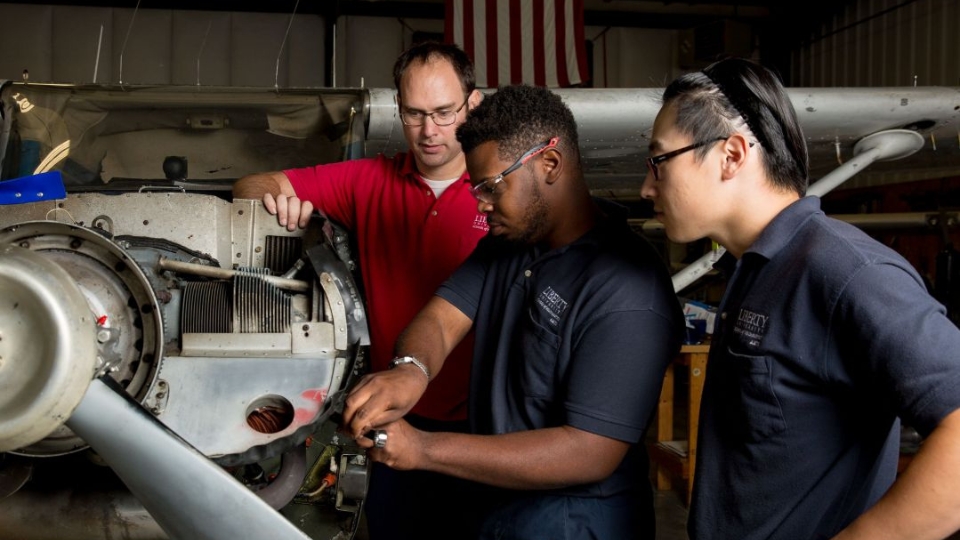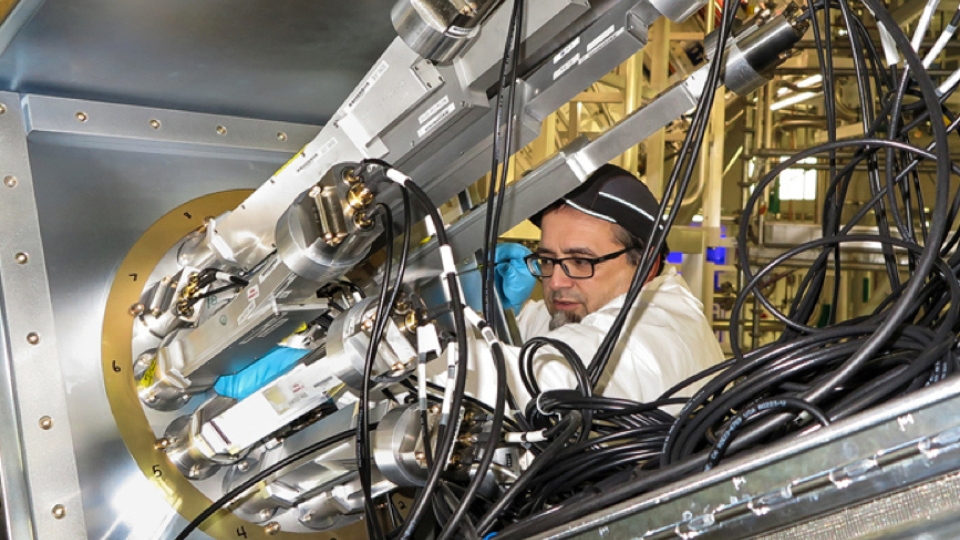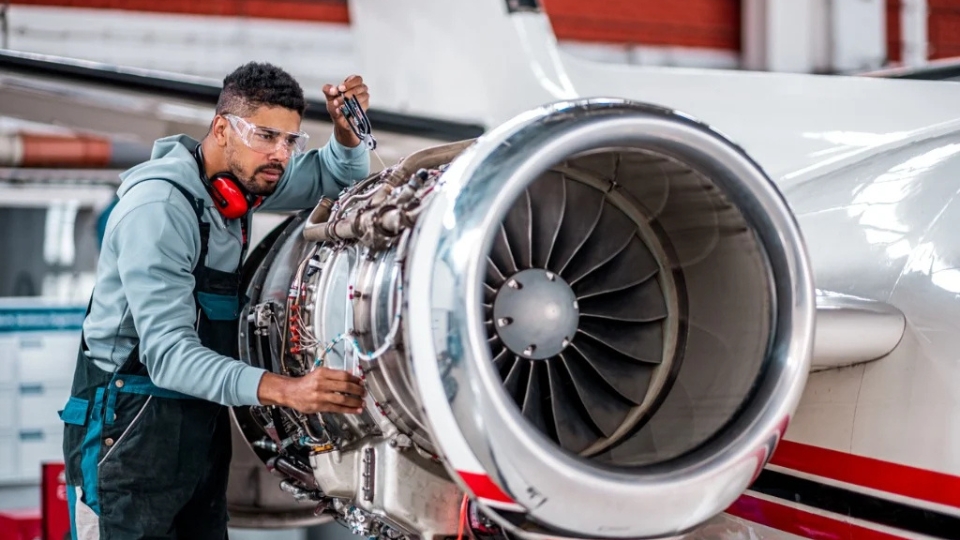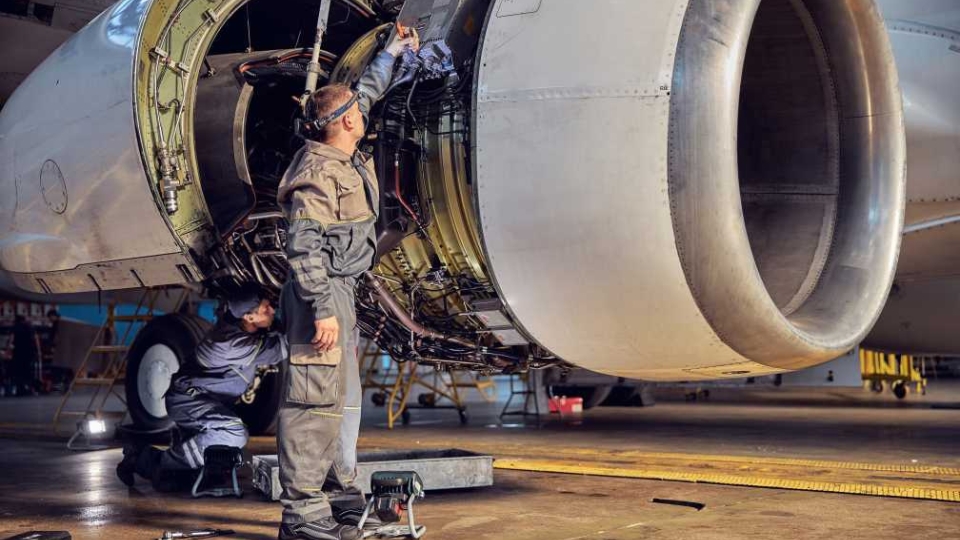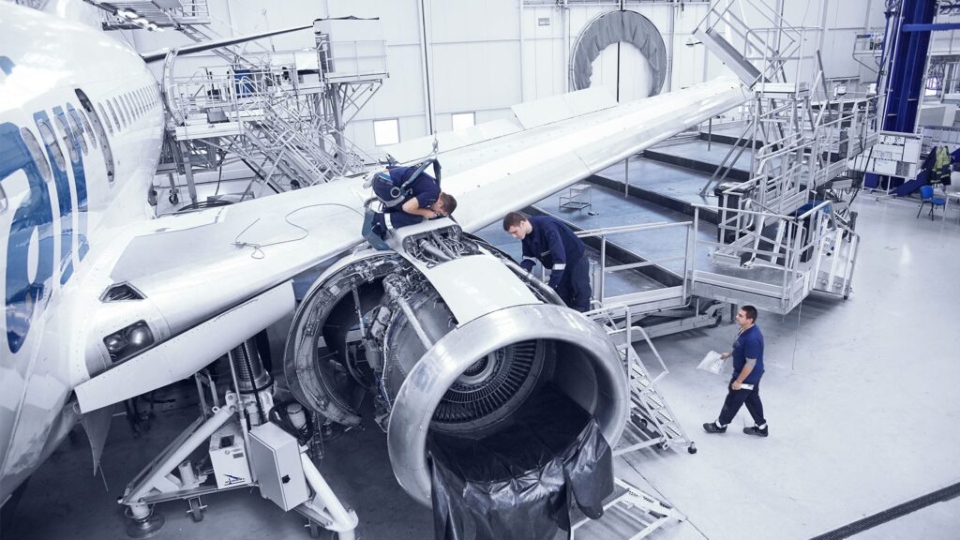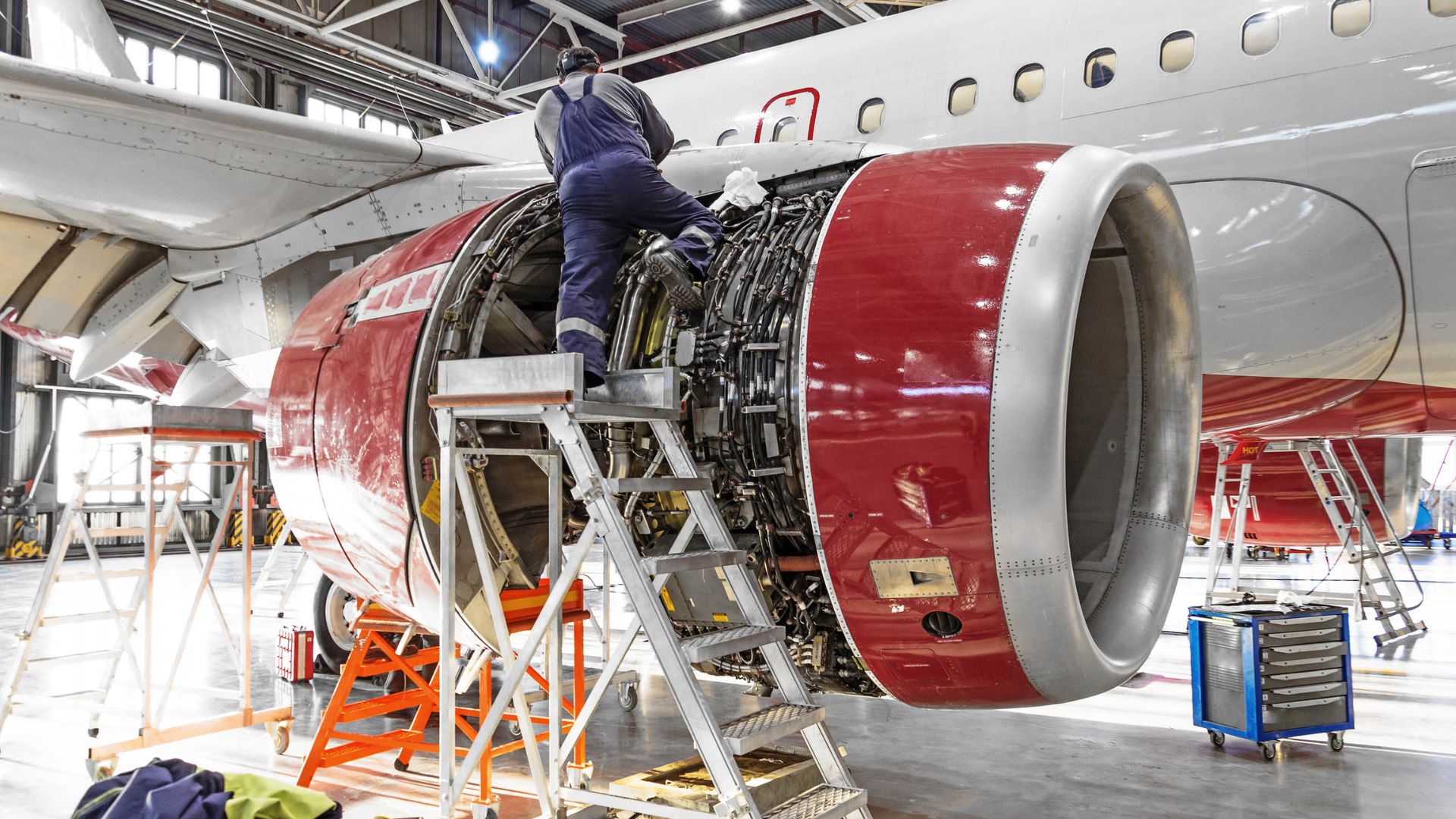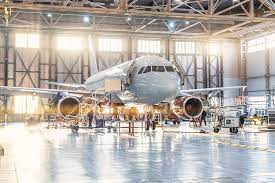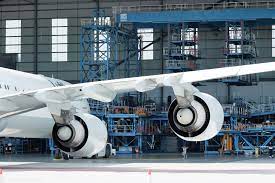Effective aircraft maintenance is essential for safe and cost-efficient aviation. Reducing costs through aircraft maintenance ensures airlines minimize downtime, prevent expensive repairs, and optimize operational efficiency. By adopting proactive strategies, airlines can achieve significant financial savings while maintaining high safety standards.
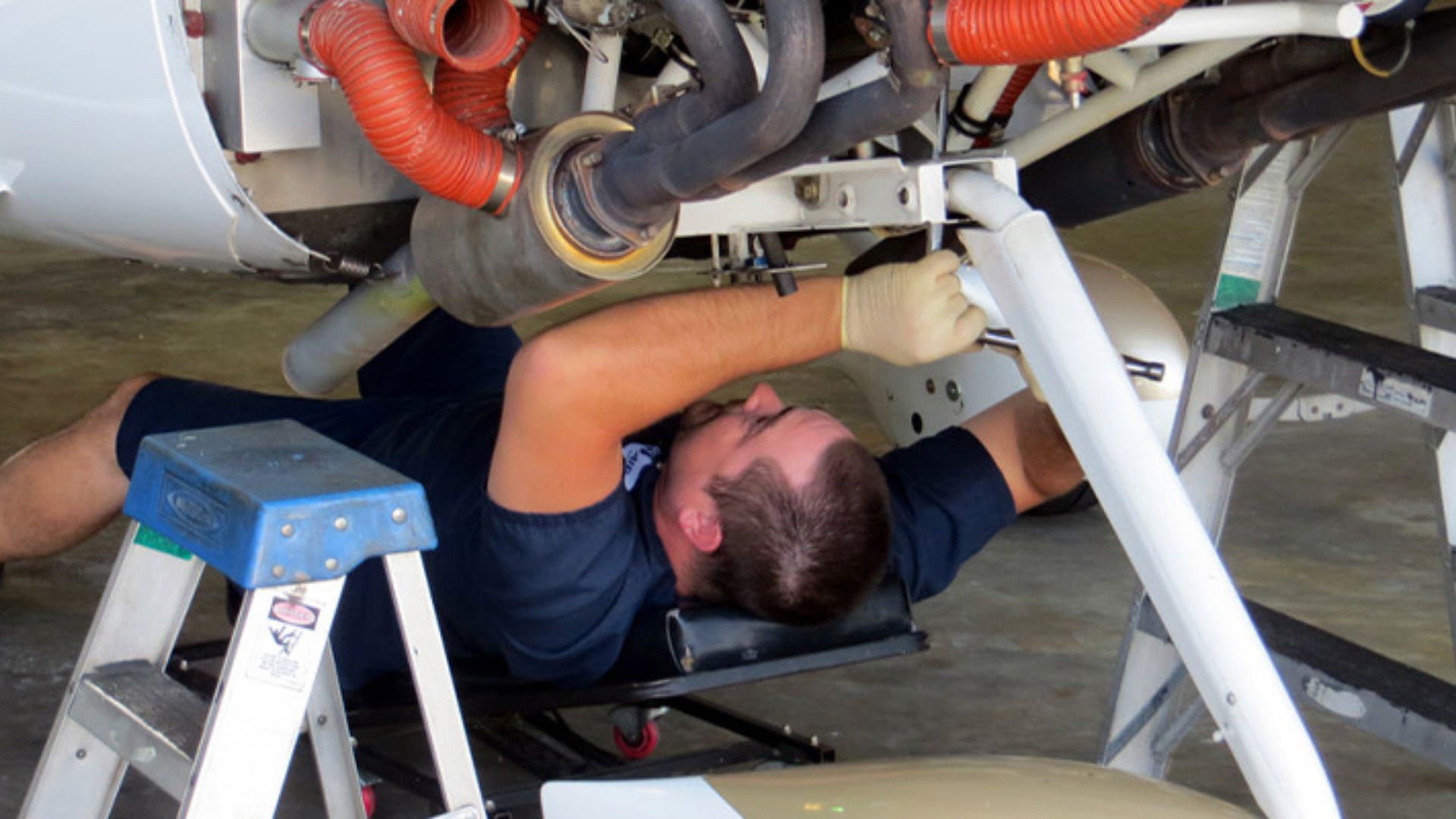
Reducing Costs Through Aircraft Maintenance
The Importance of Cost-Effective Maintenance
Maintenance costs account for a significant portion of airline operating expenses. Efficient strategies reduce unnecessary spending and extend the life of aircraft components.
Key Benefits
-
Minimizes unplanned repairs and downtime
-
Optimizes use of spare parts and materials
-
Improves resource allocation and labor efficiency
-
Enhances safety and regulatory compliance
Focusing on reducing costs through aircraft maintenance supports financial sustainability without compromising operational quality.
Implementing Preventive and Predictive Maintenance
Proactive maintenance prevents costly failures and improves aircraft reliability. Combining preventive and predictive strategies maximizes efficiency.
Maintenance Strategies
-
Preventive Maintenance: Conduct regular inspections and scheduled servicing
-
Predictive Maintenance: Use data analytics to anticipate potential issues
-
Condition-Based Monitoring: Track key components for early signs of wear
-
Maintenance Planning Software: Schedule tasks efficiently to minimize downtime
These approaches reduce unexpected breakdowns and optimize maintenance budgets.
Leveraging Technology for Cost Savings
Advanced technology is essential for modern maintenance programs. Digital tools help monitor aircraft health, track performance, and streamline operations.
Essential Technologies
-
Maintenance Management Systems (MMS): Track inspections and repair schedules
-
IoT Sensors: Monitor engine and system performance in real time
-
Mobile Maintenance Apps: Allow technicians to log work and access manuals digitally
-
Data Analytics Platforms: Identify trends and predict maintenance needs
Using technology enables reducing costs through aircraft maintenance by improving accuracy and efficiency.
Standardization and Efficient Procedures
Standardized procedures reduce errors and increase efficiency. Clear protocols help teams complete tasks correctly and consistently.
Standardization Strategies
-
Create detailed standard operating procedures (SOPs)
-
Use checklists for inspections and repairs
-
Maintain accurate logs for audits and compliance
-
Regularly review and update procedures to reflect best practices
Consistency lowers the risk of costly mistakes and improves overall maintenance efficiency.
Optimizing Inventory and Spare Parts
Managing spare parts efficiently reduces inventory costs and avoids overstocking or shortages.
Inventory Management Tips
-
Track parts usage and predict future needs
-
Implement just-in-time inventory strategies
-
Collaborate with suppliers for timely delivery
-
Use data to minimize obsolete or excess inventory
Optimized inventory supports reducing costs through aircraft maintenance without impacting operations.
Training and Workforce Efficiency
Skilled technicians complete tasks accurately and efficiently, lowering repair costs and minimizing delays.
Training Strategies
-
Conduct regular workshops on advanced maintenance techniques
-
Implement hands-on training and simulations
-
Encourage mentorship programs for knowledge sharing
-
Keep staff updated on new technologies and procedures
Well-trained personnel enhance productivity and contribute to long-term cost savings.
Monitoring and Analyzing Performance
Tracking maintenance performance helps identify inefficiencies and implement improvements.
Key Metrics
-
Mean Time Between Failures (MTBF)
-
Mean Time to Repair (MTTR)
-
Maintenance cost per flight hour
-
On-time completion of scheduled maintenance
Analyzing these metrics supports continuous improvement and helps in reducing costs through aircraft maintenance.
Benefits of Cost-Effective Maintenance
Investing in efficient maintenance delivers multiple advantages:
-
Lower overall operational costs
-
Reduced unplanned downtime and delays
-
Enhanced safety and regulatory compliance
-
Improved aircraft longevity and reliability
-
Optimized workforce and resource utilization
Efficient maintenance ensures airlines remain competitive and financially sustainable.
Conclusion
Reducing costs through aircraft maintenance is essential for operational efficiency and financial sustainability. By implementing preventive and predictive strategies, leveraging technology, standardizing procedures, optimizing inventory, training staff, and monitoring performance, airlines can achieve significant savings while maintaining safety and reliability. Cost-effective maintenance not only reduces expenses but also enhances aircraft longevity, improves operational efficiency, and supports long-term business success.

